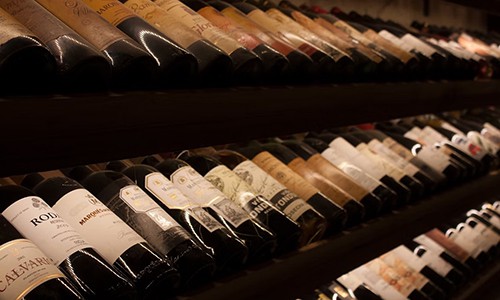Understanding Corkage Fees for Restaurants: A Comprehensive Guide

What is a Corkage Fee?
A corkage fee is the amount a restaurant might charge a diner if they bring their own bottle of alcohol — typically wine — into the establishment to consume during the meal.
Reasons to Charge a Corkage Fee
- Your Restaurant Doesn’t Serve Alcohol: Implementing a BYOW policy can help provide an added service to your patrons and generate additional revenue.
- Offering a Unique Experience: Allowing guests to bring their favorite wines can enhance their dining experience.
- Service Costs: Proper wine service involves more than just opening a bottle, and charging a corkage fee helps cover these extra services.
- Control Turnover Time: Prevent lengthy table occupancy by charging a reasonable corkage fee.
- Recoup Beverage Costs: Help offset profits lost to BYOB policies by charging for the additional service.
- Build a Wine Program: Use corkage fees to fund a curated wine list and maintain proper storage and service facilities.
What to Charge for a Corkage Fee
The average corkage fee ranges from $10 to $40, depending on the state and the level of service provided. Here are some examples from restaurants in major cities:
- Ayada Thai (New York) — $10
- Al di la Trattoria (New York) — $20
- Barbone (New York) — $25
- Rosa Mexicano (Atlanta) — $25
- Staple House (Atlanta) — $30
- Barbuto (New York) — $35
- Amali (New York) — $45
- Arlington Club (New York) — $50
- Petit Crenn (San Francisco) — $50
- ATOBOY (New York) — $75
- Blanca (New York) — $89
- Atera (New York) — $100
Corkage Fee Laws
Before implementing a corkage fee, consult an attorney to ensure compliance with local liquor laws.
How to Help Your Customers Adjust
Implementing a corkage fee successfully requires clear communication and training. Here are some tips to smooth the transition:
- Encourage diners to call for your BYOB policy information.
- Train staff to mention the corkage fee policy during all interactions.
- Set limitations on the number of bottles a customer can bring.
- Avoid allowing customers to bring in bottles you already offer.
- Set a minimum price for the wine brought in to avoid cheap alternatives.
- Welcome sharing and consider waiving the fee for rare or special wines shared with staff.
- Discourage lingering by setting policies for when the carried-in beverage must be consumed.
- Provide printed information about your beverage list and corkage fee policies to customers.
